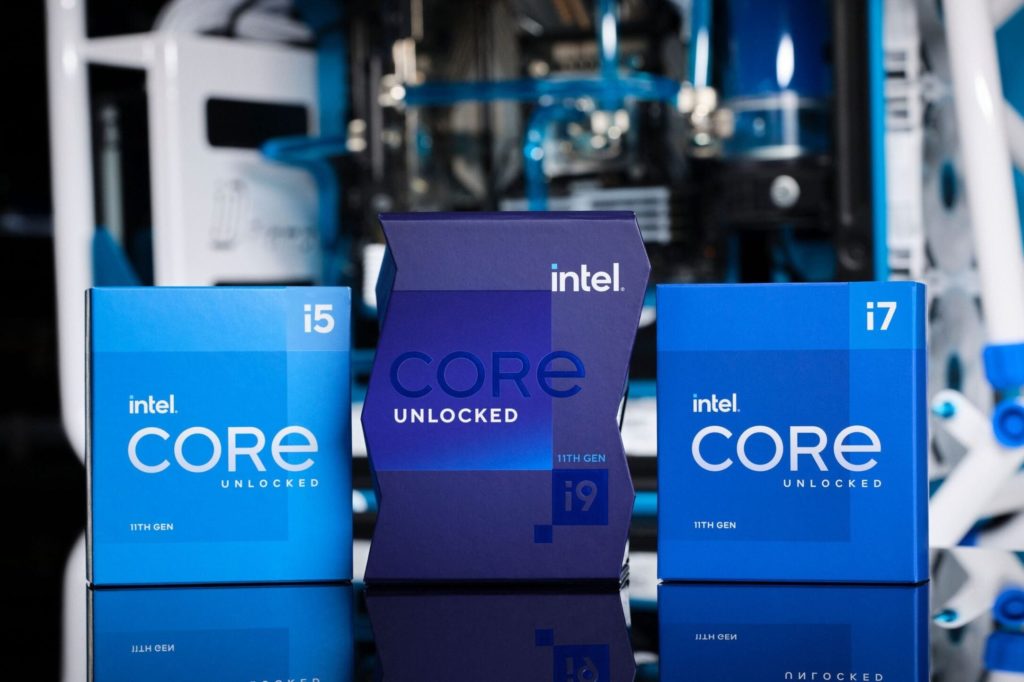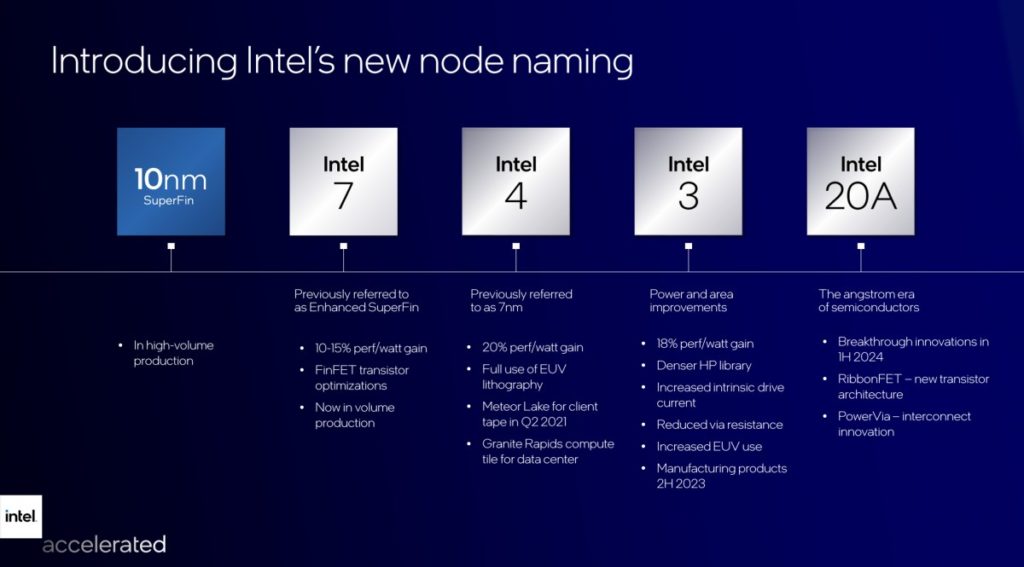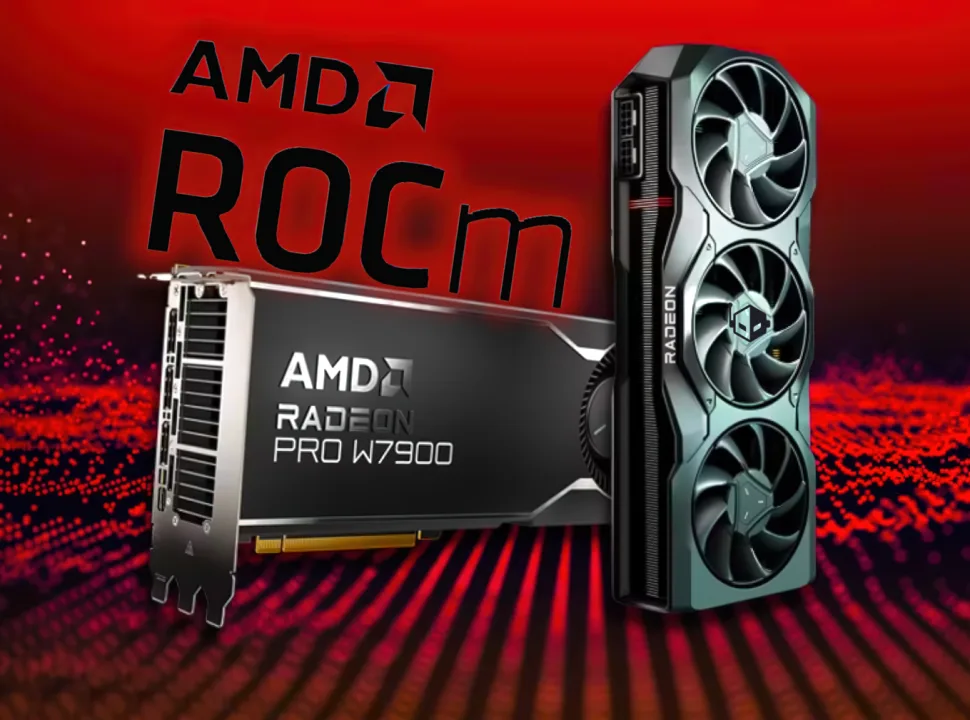Intel has announced a $20 billion investment in two new semiconductor plants in Ohio. The factories won’t be ready to start generating chips until 2025, so the revelation won’t solve the chip scarcity that’s making PC gaming so difficult right now (which Intel predicts will last until next year), but it might signal the start of a long-term revolution in chip manufacture.
President Biden is promoting his administration’s efforts to alleviate the worldwide semiconductor shortfall by increasing production in the United States in conjunction with the announcement.
“This is a game-changer,” Biden remarked in a speech at the White House on Friday, where he frequently noted the tremendous impact of the shortages on vehicle makers (but not, if you can believe it, on PC gamers). Biden applauded Intel for investing heavily in manufacturing in the United States. Last year, Samsung and Micron vowed to do the same.
Biden, along with key computing businesses like Intel, AMD, and Nvidia, has been lobbying Congress to fund the CHIPS Act, which would allocate $52 billion to domestic semiconductor manufacturing. The CHIPS Act was enacted in January 2021 as part of the National Defense Authorization Act, but the financing portion was not included. Everyone is now waiting for the House of Representatives to pass the Innovation and Competition Act, which includes the $52 billion.
Intel spent $3.5 billion upgrading its facilities in New Mexico last year, and another $20 billion establishing two semiconductor fabrication factories (also known as “fabs”) in Arizona.
Biden applauded the company for its efforts to boost semiconductor production in the United States. Despite accounting for 47 percent of worldwide semiconductor sales, the United States only made up approximately 12% of global manufacturing in 2020, he noted. Both Biden and Intel want to shrink that gap, and they’re hoping that this revelation will hasten the ratification of the Innovation and Competition Act. According to The New York Times, if the bill passes, Intel CEO Patrick Gelsinger stated that the new fabs will be built “larger and faster.”
“Locating a chip facility in the United States doesn’t always protect against more supply chain disruptions,” according to a Time report, because “Intel’s chips will still be transferred to Asia for assembly, packaging, and testing.”
The goal, according to Gelsinger, is to create and package chips “entirely on American soil” in the future, pending funding from the CHIPS for America Act. Many businesses that rely on semiconductors, such as automobiles, medical devices, and graphics cards, have been slowed by the continuous shortages. While PC gaming isn’t high on the priority list, paying a reasonable amount for the greatest graphics cards would be wonderful at some point.
also read:
NVIDIA GeForce RTX 3050 easily beats Radeon RX 6500 XT in 3DMark benchmark
Source










